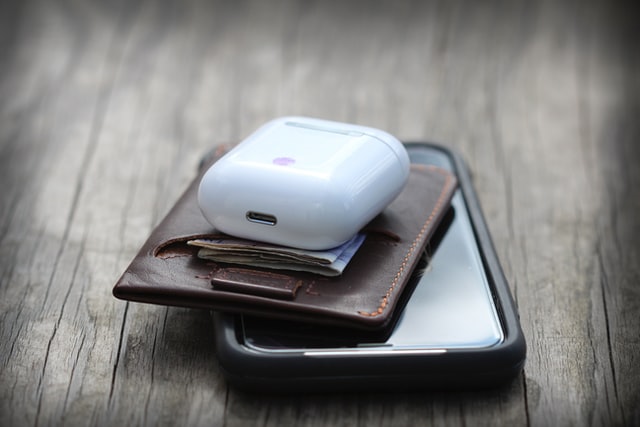Full interoperability means mobile money payments can cross mobile carrier boundaries but it also entrenches Kenya’s favourite digital story.
15 years after mobile money was first launched in Kenya, Kenyans now fully transact across all mobile money operators after the third phase of a program to make mobile money interoperable was completed last week
Launched in 2007, mobile money is widely used in the East African country. The electronic payment service which processes transactions through a subscriber identification module (SIM card) has been hailed across the world and credited for contributing to greater financial inclusion and access in Kenya. But for more than a decade, this system operated in unwieldy silos.
Despite the fact you could call people who use a different telecommunications provider, mobile money subscribers in Kenya could only make seamless payments to people on the same network. Previously, to make a payment to someone on another network, you would need to use SMS vouchers that had a 7-day expiration date and had to be cashed out at the sender’s agent network. If the receiver needs the money in their mobile wallet, they would need to locate a network agent and load (cash-in) the funds.
The process was not only cumbersome but also costly for the sender, who was charged more to transmit money to anyone outside of their network.
Prodded by Kenya’s communications and financial sector regulators, in April 2018, Safaricom, owners of M-Pesa and Airtel Kenya, operators of Airtel Money agreed to allow their respective subscribers to send money between both networks. In October of that year, T-Kash, operated by Telkom Kenya, joined Airtel and Safaricom to allow interoperable payments. At this stage, however, only person-to-person payment was enabled.
In April this year, till interoperability was launched which allowed customers to make payments at supermarkets, restaurants, and other vendors regardless of the network. This latest announcement reflects the launch of pay bill interoperability. Pay bill interoperability allows customers to make payments for utilities, schools, businesses, and other services regardless of their network provider.
Why interoperability is important
More financial services providers and regulators in East Africa are moving to make real-time payments interoperable. In 2014, mobile money providers in Tanzania created a multilateral scheme for mobile interoperability. Banks in Kenya launched PesaLink, a real-time money transfer service in 2017, following which mobile network operators (MNOs) in Uganda agreed to make payments seamless between networks.
Allowing senders to transfer money directly from their wallet to the receiver’s wallet in real-time interoperable mobile money services cuts out intermediaries, simplifies the use of mobile money, and saves time and money.
According to Kenya’s central bank, “Full interoperability will facilitate the deepening of the digitalisation of payments, increasing choice, affordability and customer-centricity of payment services.”
Mobile money is one of Kenya’s (and Africa’s) most popular digital success stories. It has been hailed variously as a key part of financial inclusion in Africa. While it is true that more people being able to transact is good, and a fully interoperable system may increase the quality and use of mobile money channels, interoperability does not have a proven impact on financial inclusion.
Interoperability or even mobile money for that matter succeeds if it can demonstrate that it expands the value of digital payments for customers. The recently announced schemes have not published any working model of how this might work.











